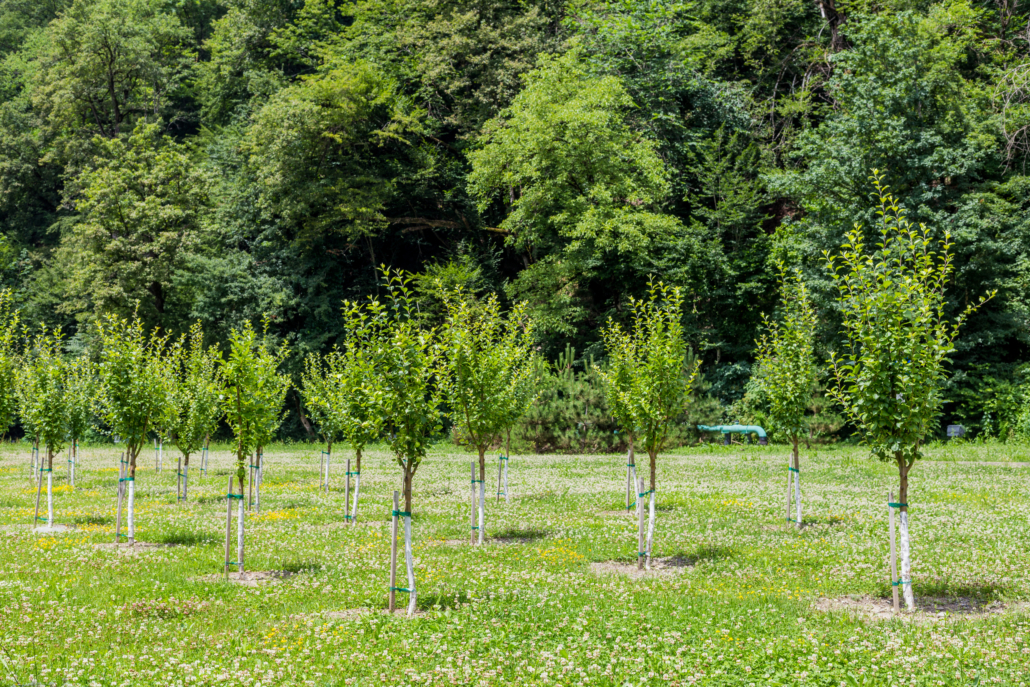Church planting has been a thing for almost 2,000 years. The New Testament’s Book of Acts describes the first Christ followers preaching in public areas and gathering together in homes. It was through these first churches that the gospel spread from Jerusalem to the rest of the Roman Empire. None of these church plants still exist.
By 100 AD, thanks to Christian merchants and others who travelled, Christianity spread and churches were planted in northern Africa, Asia Minor, Arabia, and Greece. None of these church plants still exist.
In the late 1400s, when the first explorers and French colonists arrived in Canada, they introduced Roman Catholicism to the territory, and rench missionaries slowly spread Christianity across the country. None of these church plants still exist.
In 2009, Uncrowded House, a small house church in Hamilton, ON, was planted by three families (mine among them) who were rooted in discipleship and inter-generational in make-up. This family of believers shared the roles to make its gatherings function and allowed space for members to discover and use their gifts. This church plant no longer exists.
To some this might sound very discouraging, but is it? Since the church began, churches have been planted and churches have closed. As Steve Pike shares in Will Every Church Eventually Die?, “God is calling people to start new congregations. Planting churches is not a fad and closing churches is not abnormal. A growing number of congregations are extending their productive years and “planning for retirement” as a congregation by intentionally developing strategic plans that include starting new congregations. Yes, it might be true that every church will eventually die. But the end of their organizational existence does not need to mean the end of their ministry. Churches that plant churches live on as their offspring co-labor with God in making his Kingdom known throughout the earth.”
Churches planting churches is how it all began. Imagine those first Jesus followers meeting in small, simple homes with one multi-purpose room. When Fred’s house was filled to capacity, Bob opened his home, and so on. Today, in the majority of churches, there isn’t a shortage of seating, but that doesn’t mean we shouldn’t be thinking about new or different ideas of church. As a movement, our dream is to see a healthy church within the reach of all people in Canada and beyond. To make this dream a reality we are going to need a bunch of different expressions of church and people to plant them. Every church should be having a conversation about church planting. Are there potential church planters in your midst? Could your church come alongside a church plant and offer prayer or administrative support?
Church planting is not for the faint of heart. It can be gruelling, slow, emotional work that can result in a church that doesn’t survive more than a few months or years. In a world where everything is either a success or failure, it’s tempting to call Uncrowded House a failure, but that would be a mistake. Our church plant survived eight years. It started as a study group for seekers and people with questions. Myself and two friends were discipled, mentored, baptized, and taught how to disciple others in our small but mighty house church.
None of this is failure. Would more people have found Christ had our church plant continued? Was this all the time allotted by God for our church? I don’t know, but I do know that I feel like a found sheep. “Suppose one of you had a hundred sheep and lost one. Wouldn’t you leave the ninety-nine in the wilderness and go after the lost one until you found it? When found, you can be sure you would put it across your shoulders, rejoicing, and when you got home call in your friends and neighbors, saying, ‘Celebrate with me! I’ve found my lost sheep!’ Count on it—there’s more joy in heaven over one sinner’s rescued life than over ninety-nine good people in no need of rescue.” Luke 15: 4-7 (The Message)
Our church plant didn’t bring ninety-nine people to Christ. It brought me and two others, and I’m so thankful. Thankful for our mentors who were thoughtful and intentional, a church who took us under their administrative wings and for a denomination who faithfully prayed for us. I get it. For our denomination and “the church” to continue to exist in this increasingly secular world we need our churches and church plants to be fruitful, but don’t discount the one and how their life could be transformed.
We need to pray for church plants, their core group, their leaders and the people who are there seeking God, challenging the Bible, asking questions, looking for someone to talk to, eating all the free food, or searching for belonging. Pray for the one and the ninety-nine. Pray for those thinking about, planning, starting or jumping into a church plant. Pray for the thirteen FMCiC church plants listed on here. While you are at it, throw in a prayer for veteran church planters. As Jared Siebert explains in Gutsy (Mis) Adventures in Canadian Church Planting, “Church planters, especially pioneer church planters, are far too valuable to be permanently benched just because a project doesn’t turn out. It is vitally important that the Canadian church find ways of helping planters process their grief, sense of loss, and embarrassment when things don’t work out…Perhaps if we work in this way, we’ll have more veteran church planters around to help us move into the future.”

Alison McKinnon
FMCiC Writer



